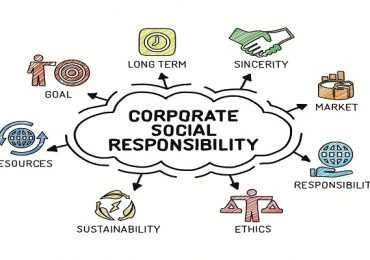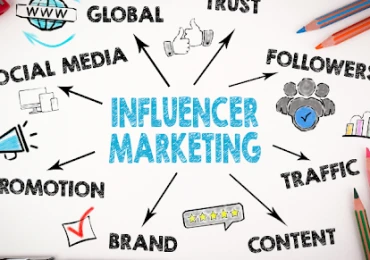
It is the process of using marketing strategies to promote sports and sporting events, as well as using sports as a means to promote goods and services. This type of marketing includes promoting sports teams, players, events, sponsorships, and sports-related products.
Characteristics:
1. Focus on emotion: Sports evoke strong emotions in fans, and sports marketing exploits this emotion to increase engagement and loyalty.
2. Multi-channel: Sports marketing includes traditional media such as television and radio, as well as digital media such as social media.
3. Fan engagement: It involves direct interaction with fans through events and activities, which enhances the strength of the relationship between the brand and the fans.
Benefits and features:
1. Increase brand awareness: Sports marketing helps increase brand recognition through partnerships with sports teams and major events.
2. Enhance brand loyalty: The association between the brand and sports can enhance customer loyalty.
3. Expand into new markets: Global sports provide access to new and diverse markets.
Cons:
1. High cost: Partnerships with big teams or sponsorships for major events can be very expensive.
2. Risk to reputation: Any crises or scandals related to sports can negatively affect the brand associated with it.
3. Difficulty in measuring success: Measuring the effectiveness of marketing campaigns in sports can be complex and difficult.
Modern examples:
1. Sponsorship partnerships: such as companies partnering with sports teams or prominent players.
2. Influencer marketing: Collaborating with famous athletes on social media to promote products.
3. Sponsorship of sports events: such as sponsorship of major events such as local and international sports tournaments.
Sports marketing is an effective tool to increase brand awareness and build loyalty by exploiting the public’s passion for sports. It includes a variety of strategies such as partnerships, sponsorships, and influencer marketing. Despite its great benefits in promoting the brand, the high costs and risks associated can pose challenges for companies.

20/08/2024

14/08/2024

18/08/2024

31/08/2024

30/08/2024

17/08/2024

14/08/2024

26/08/2024

17/08/2024

01/09/2024

30/08/2024

18/08/2024

23/08/2024

30/08/2024

22/08/2024

22/08/2024

18/08/2024

20/08/2024

22/08/2024

30/08/2024